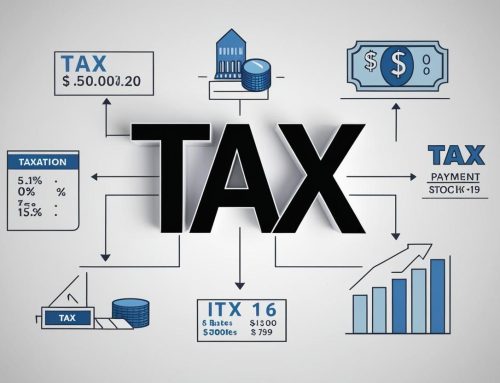Advanced technologies and personalized experiences fuel B2B e-commerce growth, emphasizing seamless omnichannel interactions and efficient operations to navigate complex purchasing processes and drive market expansion.
The global B2B e-commerce market was valued at US$ 12,455.5 billion in 2024 and is expected to reach US$ 43,475.1 Billion by 2033, growing at a CAGR of 14.9% during the forecast period 2025–2033.
Digital transformation in B2B e-commerce is redefining buyer behavior across industries. 73% of B2B buyers prefer to make purchases online—a clear indication of shifting trends. Yet, many buyers still face hurdles, as 85% of B2B buyers experience frustrations with current online buying processes. In contrast, only 18% of B2B buyers prefer in-store purchases, emphasizing the digital channel’s dominance. Notably, 28% of B2B buyers trust platforms like Amazon for high-quality products, while 31% choose Amazon due to the good value offered. This evolving landscape highlights that even though cost and quality matter, efficient digital experiences drive decisions. Adding fresh insights today.
Digital expectations intensify as 75% of B2B buyers would switch to a supplier offering a better online buying experience if demands are unmet. This finding underscores fierce competition in service delivery in the B2B e-commerce market. Additionally, 19% of B2B buyers feel a connection with brands that align with their cultural values, reflecting the growing importance of authenticity. Reflecting rapid adaptation, 96% of larger organizations changed their go-to-market models to prioritize digital commerce during the pandemic, a transformation still resonating. In support of this trend, 80% of organizations are likely to sustain their digital commerce models post-pandemic, ensuring a continued digital shift. Moreover, more than three-quarters of B2B buyers and sellers prefer digital self-serve and remote human engagement over traditional face-to-face interactions, reinforcing the need for robust online platforms. These statistics reinforce that digital strategies are vital in the modern B2B environment.
Key Findings in B2B E-Commerce Market
|
Market Forecast (2033) |
US$ 43,475.1 Billion |
|
CAGR |
14.9% |
|
Largest Region (2024) |
Asia Pacific (66.73%) |
|
By Product Type |
IT Products (19.9%) |
|
By Payment Mode |
Cheque (32.20%) |
|
By Enterprise Size |
SMEs (80%) |
|
Top Drivers |
|
|
Top Trends |
|
|
Top Challenges |
|
Emerging B2B Digital Sales Trends and Omnichannel Fulfillment Cost Impacts
Recent trends in B2B e-commerce market reveal transformative buyer behavior and evolving transaction preferences. 70% of B2B buyers are open to making new, fully self-serve or remote purchases exceeding $50,000, highlighting readiness for high-value transactions. The pandemic spurred growth as global B2B commerce sales increased by 24% during the crisis compared to pre-crisis levels, setting fresh benchmarks for online business. Forecasts indicate by 2025, 80% of B2B sales interactions will occur in digital channels, confirming a lasting shift. Moreover, enterprises benefit from enhanced engagement; companies with strong omnichannel engagement strategies retain 89% of their customers compared to just 39% for those lacking such integration, underscoring the value of seamless experiences. Finally, hybrid sales models are projected to account for 50% more revenue by 2025 than traditional approaches. Clearly, these indicators collectively affirm a truly robust digital future for B2B enterprise.
Source: finance.yahoo
Legal Notice: The information in this article is intended for information purposes only. It is not intended for professional information purposes specific to a person or an institution. Every institution has different requirements because of its own circumstances even though they bear a resemblance to each other. Consequently, it is your interest to consult on an expert before taking a decision based on information stated in this article and putting into practice. Neither Karen Audit nor related person or institutions are not responsible for any damages or losses that might occur in consequence of the use of the information in this article by private or formal, real or legal person and institutions.






